Increasing Industrial Applications
The Silicone Antifoam Market is experiencing a surge in demand due to its increasing applications across various industrial sectors. Industries such as textiles, pharmaceuticals, and chemicals utilize silicone antifoams to enhance production efficiency and product quality. For instance, in the textile industry, silicone antifoams are employed to reduce foam formation during dyeing and finishing processes, thereby improving the overall quality of the fabric. Furthermore, the pharmaceutical sector relies on silicone antifoams to ensure the stability of formulations, which is crucial for product efficacy. As industries continue to expand and innovate, the need for effective foam control solutions is likely to grow, driving the Silicone Antifoam Market forward.
Growth in Personal Care and Cosmetics
The Silicone Antifoam Market is witnessing growth driven by the expanding personal care and cosmetics sector. Silicone antifoams are increasingly utilized in formulations for shampoos, conditioners, and lotions to prevent foam formation during production and application. The Silicone Antifoam Market has shown a steady increase, with a projected growth rate of approximately 5% annually. This growth is attributed to rising consumer awareness regarding personal grooming and hygiene, leading to higher demand for innovative cosmetic products. As manufacturers seek to enhance product performance and consumer experience, the incorporation of silicone antifoams is likely to become more prevalent, further boosting the Silicone Antifoam Market.
Rising Demand for Sustainable Solutions
The Silicone Antifoam Market is also being shaped by the rising demand for sustainable and eco-friendly solutions. As consumers become more environmentally conscious, manufacturers are increasingly seeking alternatives that minimize environmental impact. Silicone antifoams, known for their durability and effectiveness, are often viewed as a more sustainable option compared to traditional antifoaming agents. This shift towards sustainability is prompting companies to invest in research and development to create silicone antifoams that meet eco-friendly criteria. Consequently, the Silicone Antifoam Market is likely to benefit from this trend, as businesses strive to align with consumer preferences and regulatory expectations regarding sustainability.
Regulatory Compliance and Quality Standards
The Silicone Antifoam Market is significantly influenced by stringent regulatory compliance and quality standards across various sectors. Many industries, particularly food and beverage, are subject to rigorous regulations that mandate the use of safe and effective additives. Silicone antifoams are often preferred due to their non-toxic nature and compliance with food safety regulations. This compliance not only ensures product safety but also enhances consumer trust, which is vital in competitive markets. As regulatory bodies continue to enforce these standards, the demand for silicone antifoams is expected to rise, thereby propelling the growth of the Silicone Antifoam Market.
Technological Advancements in Manufacturing
The Silicone Antifoam Market is being propelled by technological advancements in manufacturing processes. Innovations in production techniques have led to the development of more efficient and effective silicone antifoams, which cater to the specific needs of various industries. For example, advancements in formulation technology allow for the creation of silicone antifoams that are tailored for high-performance applications, such as in the automotive and construction sectors. These technological improvements not only enhance the performance of silicone antifoams but also reduce production costs, making them more accessible to a wider range of industries. As technology continues to evolve, the Silicone Antifoam Market is expected to expand, driven by the demand for high-quality, cost-effective solutions.


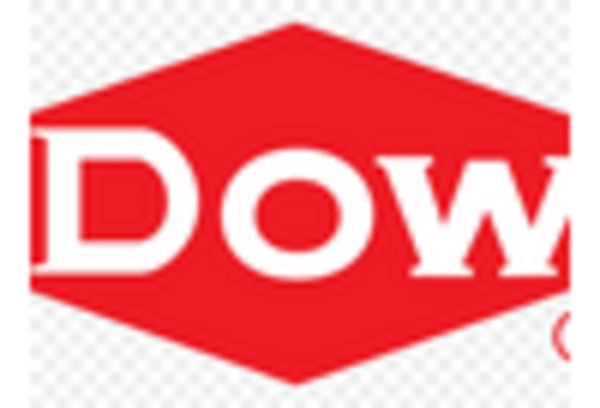
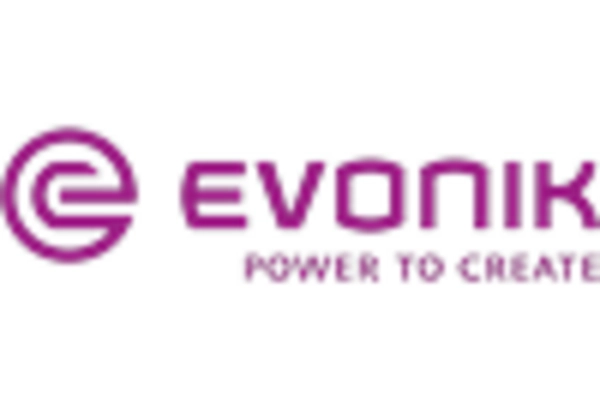
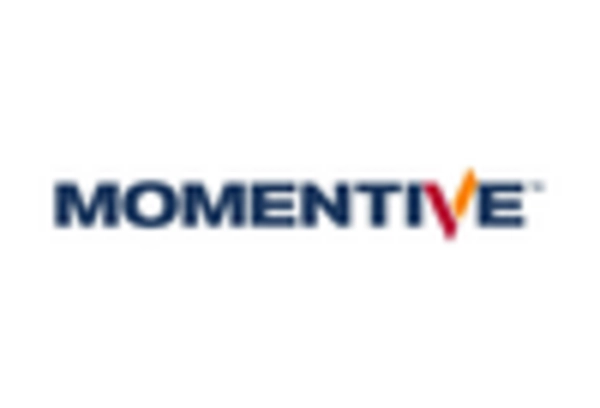
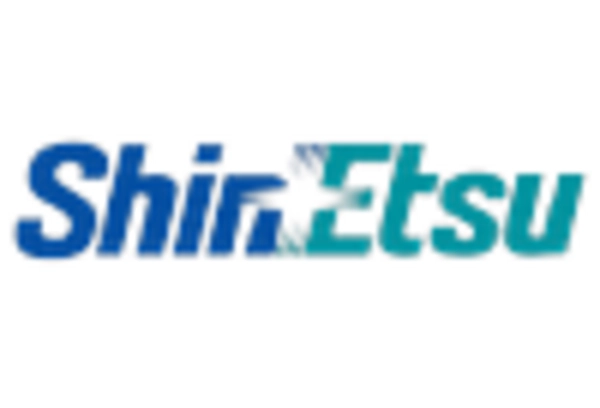
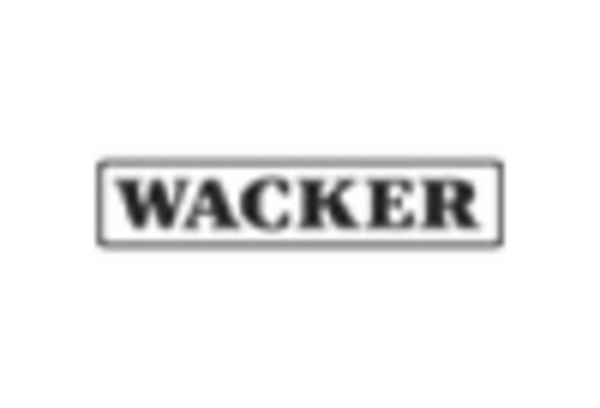








Leave a Comment